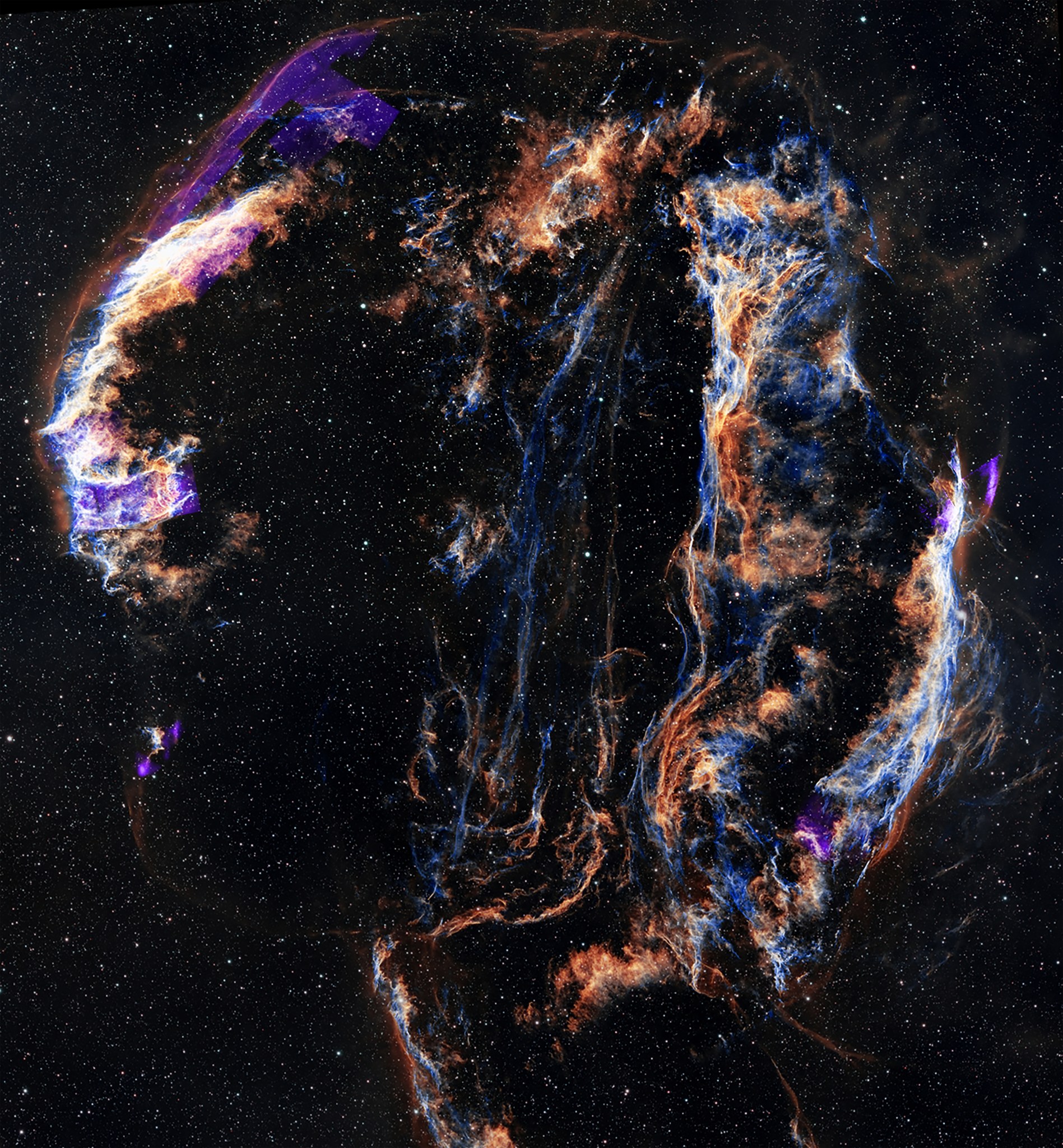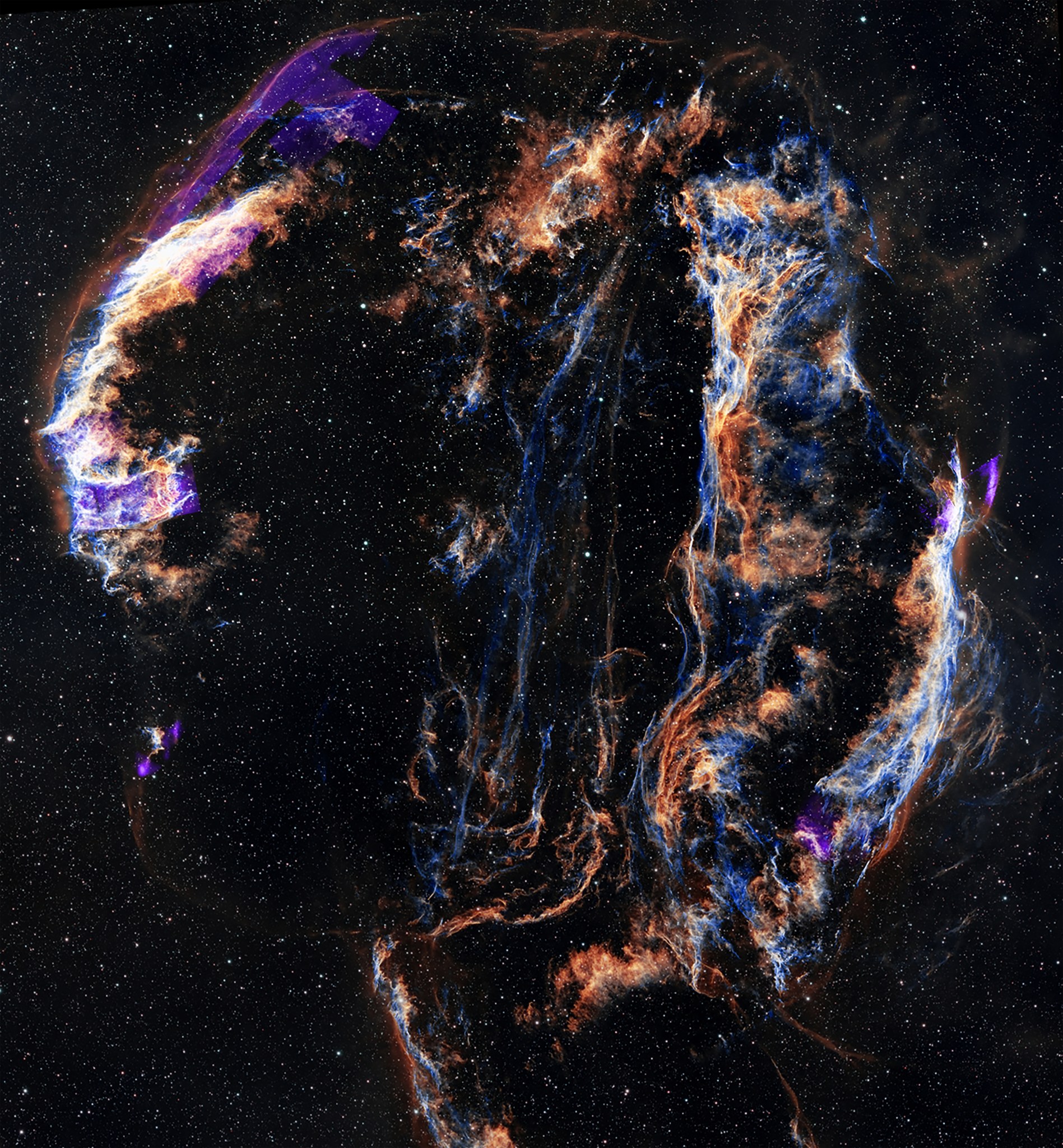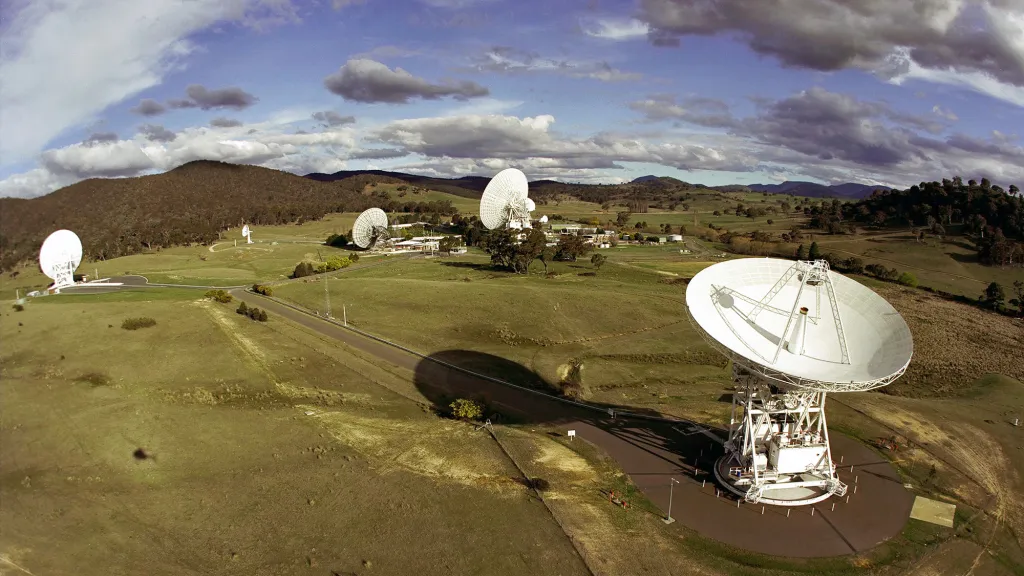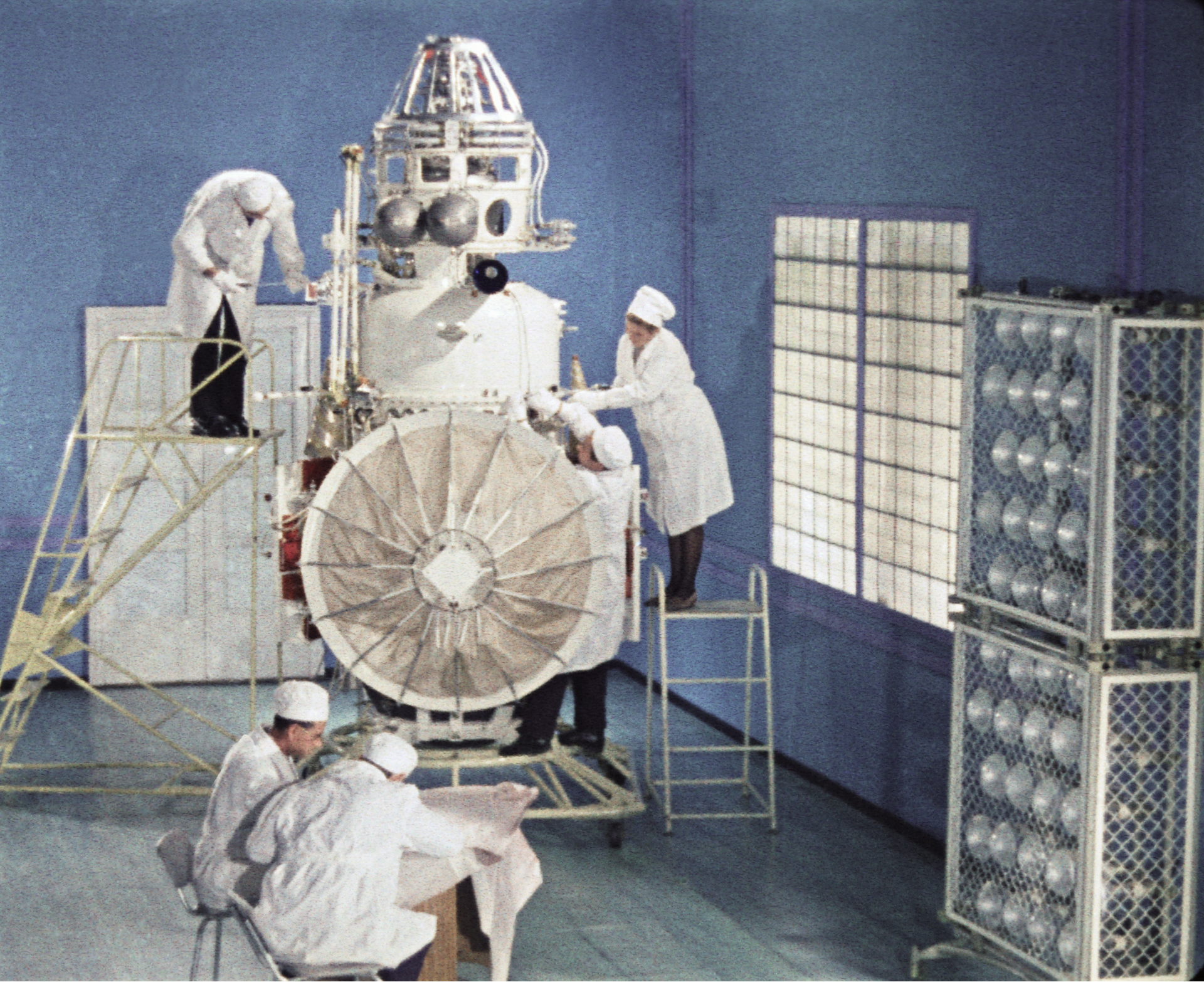Now Reading: Seeing the Cygnus Loop in a New Way
-
01
Seeing the Cygnus Loop in a New Way
Seeing the Cygnus Loop in a New Way

The Cygnus Loop, also known as the Veil Nebula, is a supernova remnant – the remains of the explosive death of a massive star. Studying images like these leads to discovery, but NASA’s Chandra X-ray Observatory provides another way to experience this data: three-dimensional (3D) models that allow people to explore – and print – examples of stars in the early and end stages of their lives.
The 3D model of the Cygnus Loop is the result of a simulation describing the interaction of a blast wave from the explosion with an isolated cloud of the interstellar medium (that is, dust and gas in between the stars). Chandra sees the blast wave and other material that has been heated to millions of degrees. These 3D models are based on state-of-the-art theoretical models, computational algorithms, and observations from space-based telescopes like Chandra that give us accurate pictures of these cosmic objects and how they evolve over time.
See more 3D printable models of cosmic objects.
Image credit: X-ray: NASA/SAO/CXC; Optical: John Stone (Astrobin); Image Processing: NASA/SAO/CXC/L. Frattre, N. Wolk
Stay Informed With the Latest & Most Important News
-
 012024 in Review: Highlights from NASA in Silicon Valley
012024 in Review: Highlights from NASA in Silicon Valley -
 02Panasonic Leica Summilux DG 15mm f/1.7 ASPH review
02Panasonic Leica Summilux DG 15mm f/1.7 ASPH review -
 03From Polymerization-Enabled Folding and Assembly to Chemical Evolution: Key Processes for Emergence of Functional Polymers in the Origin of Life
03From Polymerization-Enabled Folding and Assembly to Chemical Evolution: Key Processes for Emergence of Functional Polymers in the Origin of Life -
 04How New NASA, India Earth Satellite NISAR Will See Earth
04How New NASA, India Earth Satellite NISAR Will See Earth -
 05And Thus Begins A New Year For Life On Earth
05And Thus Begins A New Year For Life On Earth -
 06Astronomy Activation Ambassadors: A New Era
06Astronomy Activation Ambassadors: A New Era -
07SpaceX launch surge helps set new global launch record in 2024





















